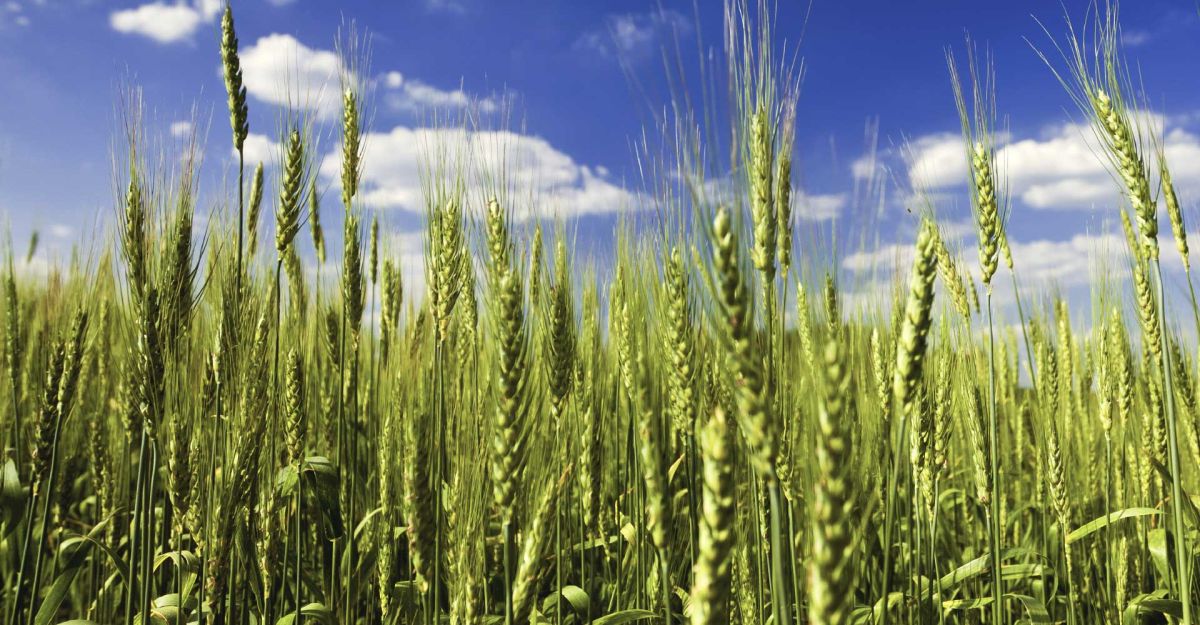
Triticale is capable of competing with wheat in terms of both yield and profitability, especially as a second cereal, a report funded by AHDB Cereals & Oilseeds has concluded.
Research results suggest that triticale provides a £27 per hectare advantage compared to wheat when grown as a second crop. Development of the triticale market is needed to maximise this potential.
The report by ADAS looks at data from two projects, an AHDB-funded project (PR556) and an Innovate UK project (101093) that investigated relative yields, nitrogen (N) requirements, nutritional values, biofuel performance, and how triticale achieves its yield.
Triticale performs consistently well
The research shows that triticale regularly out-yields wheat when grown under the same input regime.
Under a reduced-input regime, triticale had comparable yields to wheat and resulted in a £27 per hectare advantage.
Triticale is more resistant to some diseases. In particular, triticale showed a lower incidence of take-all than wheat and helped it perform relatively well as a second cereal.
There was no significant disadvantage in optimum rates of nitrogen fertiliser use. Lodging was also rarely a problem in the trials and triticale had higher straw yields compared to wheat.
A combination of disease resistance and good straw yields made a significant contribution to the crop’s financial advantage.
Higher triticale yields were due to it achieving a higher biomass (on average, 1.5t.ha higher).
This greater total growth may be due to triticale’s earlier stem extension and flowering, which gives a longer time for grain filling.
The greenhouse gas emissions associated with growing triticale are significantly lower compared to wheat, due to higher yields and reduced fertiliser input.
Current market demand
Triticale has useful characteristics for ruminant and non-ruminant feed.
It gives digestible energy equivalent to wheat in pig rations and also has a high lysine content, giving it an advantage over wheat in pig feed.
There is also potential to use triticale for bioethanol production, and as an alternative feedstock for anaerobic digestion, though market opportunities are not developed to their full potential.
